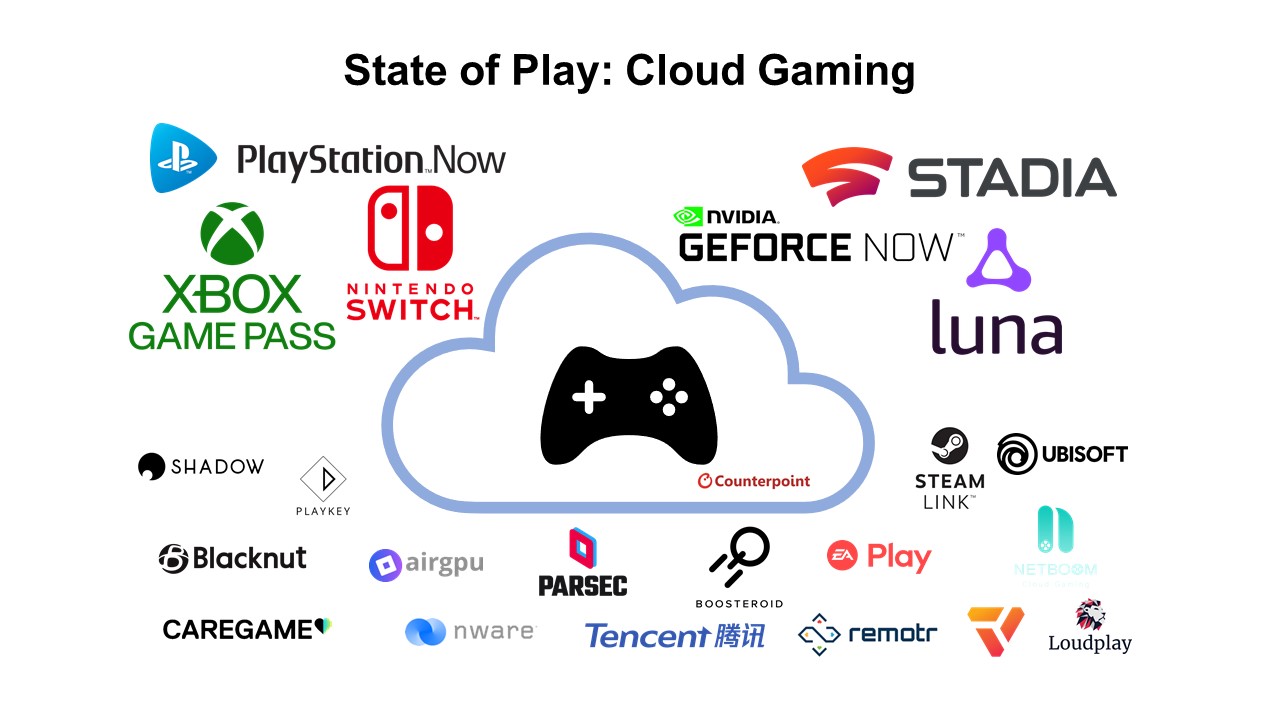
In recent years, cloud gaming has emerged as a game-changer in the world of interactive entertainment. This innovative technology has revolutionized how games are accessed, played, and enjoyed by gamers worldwide.
Cloud gaming, also known as game streaming, is a technology that allows users to play video games over the internet without the need for a high-end gaming console or a powerful gaming PC. Instead of running the game locally on the user’s device, cloud gaming relies on remote servers hosted in data centers. These servers handle the processing, rendering, and streaming of the game to the user’s device in real-time.
When a player initiates a game through a cloud gaming service, their inputs are transmitted to the data center, where the game is executed. The video and audio feed of the gameplay are then streamed back to the player’s device, creating a seamless and immersive gaming experience.
Cloud gaming offers several compelling advantages that make it an attractive option for gamers:
1. Cloud gaming breaks down hardware barriers, enabling gamers to play high-quality, demanding titles on a wide range of devices, including smartphones, tablets, and smart TVs.
2. With cloud gaming, there’s no need to download or install large game files. Updates and patches are managed on the cloud servers, saving storage space and time.
3. Players can start playing their favorite games almost instantly, as there is no need to wait for downloads or installations.
4. Cloud gaming services often support cross-platform play, allowing gamers to seamlessly switch between devices and continue their progress.
The cost of cloud gaming varies depending on the platform and the service provider. Some cloud gaming services offer a subscription-based model, where users pay a monthly fee to access a library of games. Others may offer a pay-per-game model, where users purchase individual games for streaming.
Additionally, there are free cloud gaming options that offer limited access to games or have ad-supported models. However, premium subscriptions usually provide access to a broader selection of games and additional features.
Like any technology, cloud gaming has its pros and cons:
Pros:
1. Cloud gaming makes gaming accessible to a wider audience, including those without expensive gaming hardware.
2. Gamers can enjoy high-quality gaming experiences on lower-end devices, saving on hardware expenses.
3. Cloud gaming services continually upgrade their servers, ensuring gamers get the latest advancements in technology without the need for hardware upgrades.
Cons:
1. Cloud gaming heavily relies on a stable and fast internet connection. Lag or connectivity issues can affect gameplay.
2. Cloud gaming consumes substantial data, which can be a concern for users with limited internet plans.
3. Due to the transmission of inputs to remote servers, cloud gaming may have slight input lag, which can impact the gaming experience for some players.
In conclusion, cloud gaming has revolutionized the gaming industry, offering an accessible, convenient, and immersive gaming experience for players of all backgrounds. By leveraging powerful data centers, cloud gaming breaks down hardware barriers, making high-quality gaming available on a wide range of devices. While it comes with certain challenges, such as internet dependency and data usage concerns, cloud gaming’s benefits continue to reshape the gaming landscape. As the technology evolves and more game developers embrace this innovative approach, cloud gaming is set to become a prominent part of the future of gaming.
Dil Bole Oberoi





